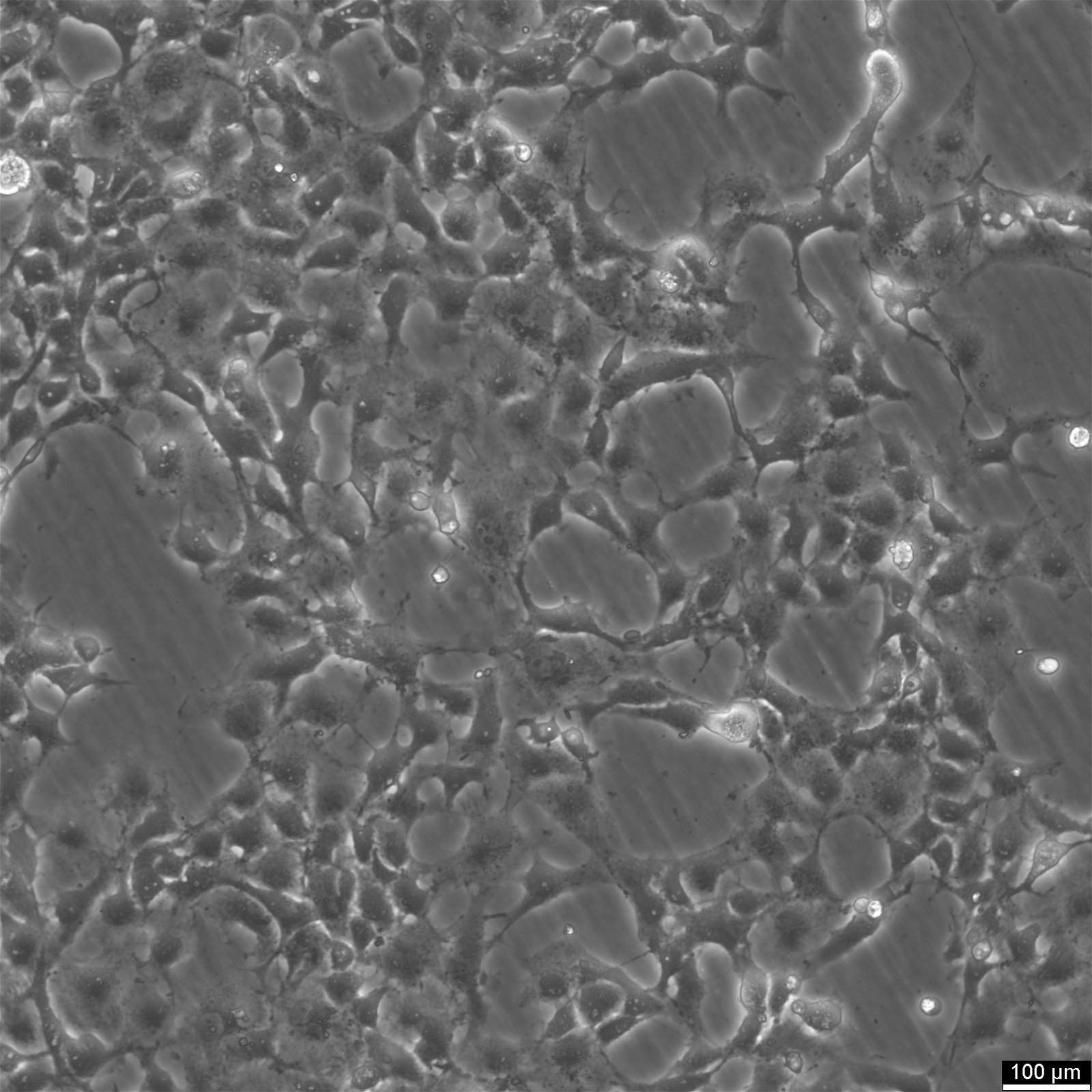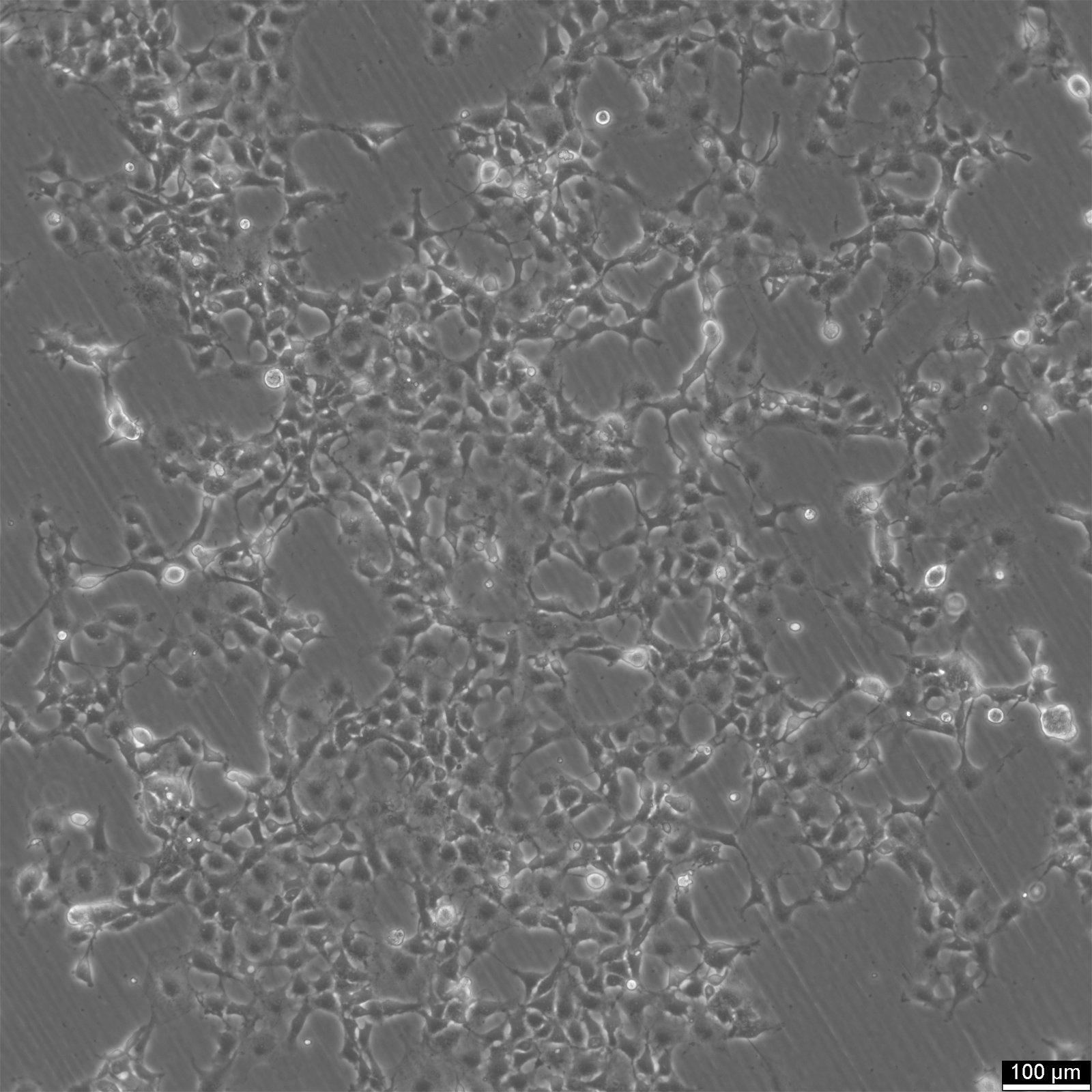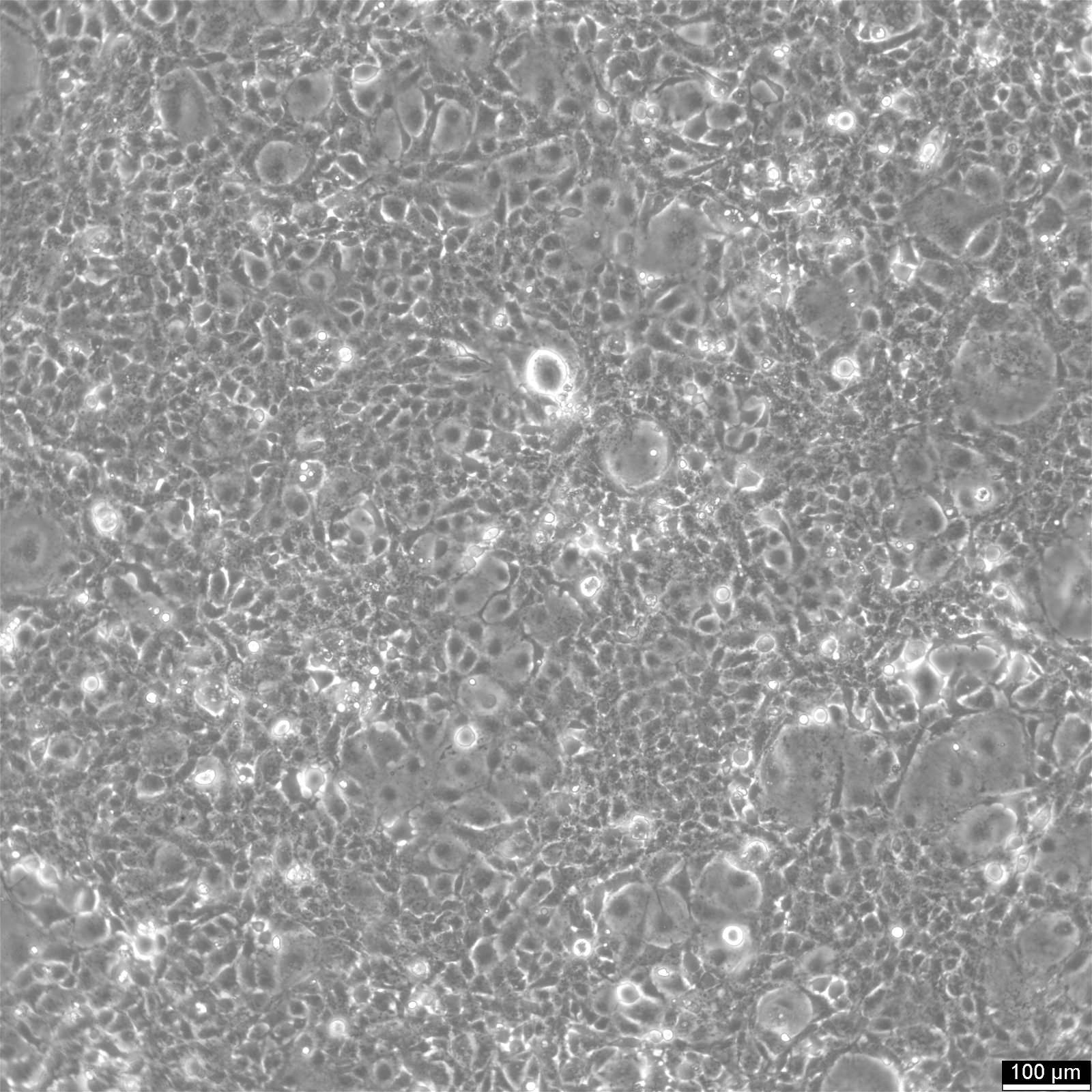COS-1 Cells
















Overview of the COS-1 cell line
| Description | COS-1 cells, a fibroblast-like cell line derived from African green monkey kidney tissue, have revolutionized the field of biological science since their development in 1981 by J.W.F. Cowell and colleagues. These cells offer an excellent platform for studying various aspects of cellular biology, including protein expression and protein-protein interactions. One of the critical advantages of COS-1 cells is their remarkable ability to express exogenous proteins, making them an invaluable tool for producing recombinant proteins and investigating protein-related phenomena. The constitutively active c-src gene and the presence of SV40's large T-antigen enhance translation efficiency, resulting in elevated levels of protein expression within these cells. Researchers have extensively utilized COS-1 cells to study the cytopathic effects of viruses and host cell responses to viral infections. COS-1 cells are susceptible to various viruses, including herpes simplex, vesicular stomatitis, and influenza A. This characteristic makes COS-1 cells an excellent model system for exploring viral pathogenesis, host cell responses, and the development of antiviral drugs. Furthermore, the COS-1 cell line has significantly contributed to our understanding of various biological mechanisms. Its popularity in molecular and cell biology research arises from its proficiency in expressing exogenous proteins and its permissiveness to different viral strains. These attributes allow scientists to delve into the intricate workings of cellular processes with precision and reliability. The COS cell lines are derived from the CV-1 cells, which originated from the kidney of the African green monkey. Through immortalization with a modified SV40 virus capable of producing large T antigen, the COS cells maintain their fibroblast-like morphology and inherit the beneficial properties of the SV40 genetic material. COS-1 and COS-7 are the most commonly used variants among the COS cell lines. Researchers frequently employ these cell lines when investigating the monkey virus SV40 and conducting molecular biology, biochemistry, and cell biology experiments. The COS-1 cells, in particular, exhibit remarkable potential for protein expression through transfection with an SV40 origin of replication. The large T antigen these genetically modified COS-1 cells produce allows for substantial images of introduced vectors, facilitating efficient recombinant protein production. COS-1 cells are pivotal in advancing our understanding of complex biological processes. With their origin in African green monkey kidney tissue and their fibroblast morphology, these cells provide a reliable and versatile platform for many scientific applications. Their extensive usage, as evidenced by over 1,400 product citations, underscores their significance in various research areas. As for practical considerations, COS-1 cells have a doubling time of approximately 48 hours, enabling efficient cell culture and experimental procedures. Additionally, these cells are categorized as animal cells and belong to the Cercopithecus aethiops organism, with the kidney as the origin tissue. COS-1 cells stand at the forefront of cutting-edge biological research, facilitating breakthroughs in our understanding of molecular and cellular processes. With their exceptional capacity for protein expression, susceptibility to viral infections, and significance in diverse fields of study, COS-1 cells remain a cornerstone of scientific inquiry. Researchers continue to leverage the remarkable properties of COS-1 cells to unravel the intricacies of biological mechanisms and pave the way for new advancements in physical science. |
|---|---|
| Organism | Cercopithecus aethiops (Green monkey) |
| Tissue | Kidney |
| Synonyms | Cos-1, COS 1, Cos 1, COS1, Cos1, CV-1 in Origin Simian-1 |
Features
| Gender | Male |
|---|---|
| Morphology | Fibroblast |
| Growth properties | Adherent |
Documentation about COS1 cells
| Citation | COS-1 (Cytion catalog number 305005) |
|---|---|
| Biosafety level | 1 |
Expression / Mutation
| Protein expression | T Antigen, This Is An African Green Monkey Kidney Fibroblast-Like Cell Line Suitable For Transfection By Vectors Requiring Expression Of Sv40 T Antigen. The Cells Are Ebna Negative, Negative For Fc Receptors And Negative For Complement Receptors. |
|---|
Culturing methods
| Culture Medium | DMEM, w: 4.5 g/L Glucose, w: 4 mM L-Glutamine, w: 1.5 g/L NaHCO3, w: 1.0 mM Sodium pyruvate (Cytion article number 820300a) |
|---|---|
| Medium supplements | Supplement the medium with 10% FBS |
| Passaging solution | Accutase |
| Subculturing | Remove the old medium from the adherent cells and wash them with PBS that lacks calcium and magnesium. For T25 flasks, use 3-5 ml of PBS, and for T75 flasks, use 5-10 ml. Then, cover the cells completely with Accutase, using 1-2 ml for T25 flasks and 2.5 ml for T75 flasks. Let the cells incubate at room temperature for 8-10 minutes to detach them. After incubation, gently mix the cells with 10 ml of medium to resuspend them, then centrifuge at 300xg for 3 minutes. Discard the supernatant, resuspend the cells in fresh medium, and transfer them into new flasks that already contain fresh medium. |
| Split ratio | 1:2 to 1:4 |
| Fluid renewal | 2 to 3 times per week |
| Freeze medium | CM-1 (Cytion catalog number 800100) or CM-ACF (Cytion catalog number 806100) |
| Handling of cryopreserved cultures |
|
Quality control
| Sterility | Mycoplasma contamination is excluded using both PCR-based assays and luminescence-based mycoplasma detection methods. To ensure there is no bacterial, fungal, or yeast contamination, cell cultures are subjected to daily visual inspections. |
|---|
